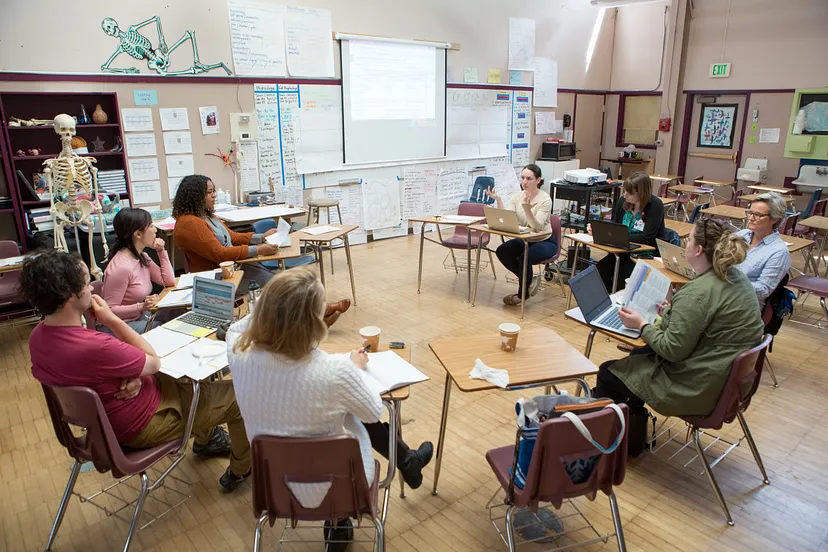Published on Mar 25, 2022
This is the first of a 2-part series. In exploring the roots of anti-racist leadership, the author uses the fictional Plainview High School as an example to illustrate how this work looks in a high school.
Image

Published on Mar 25, 2022
